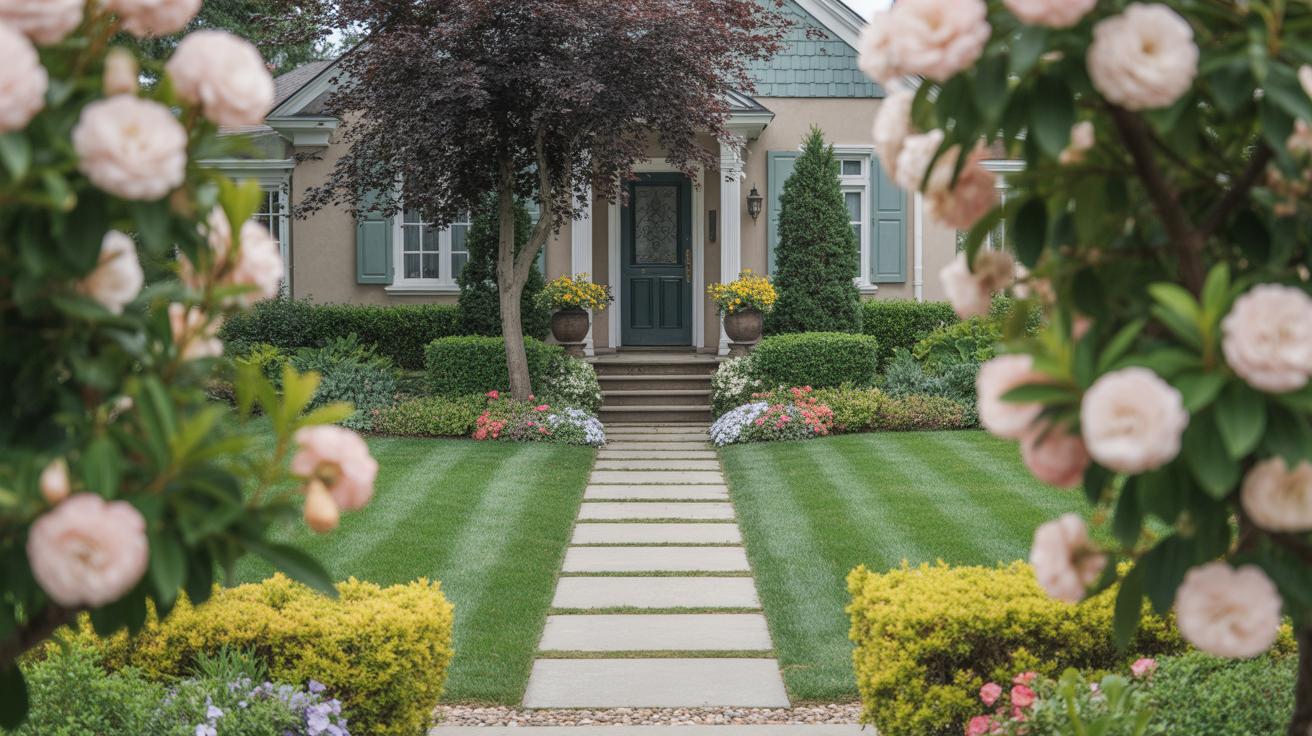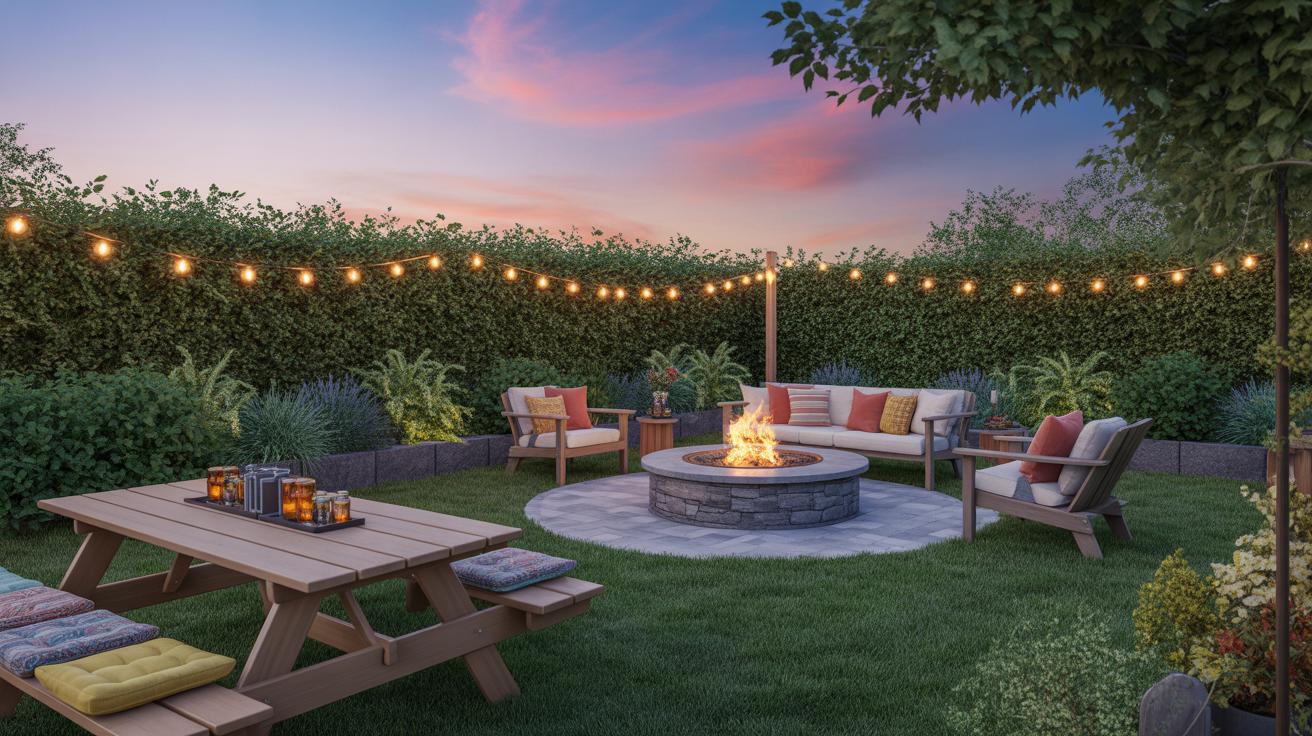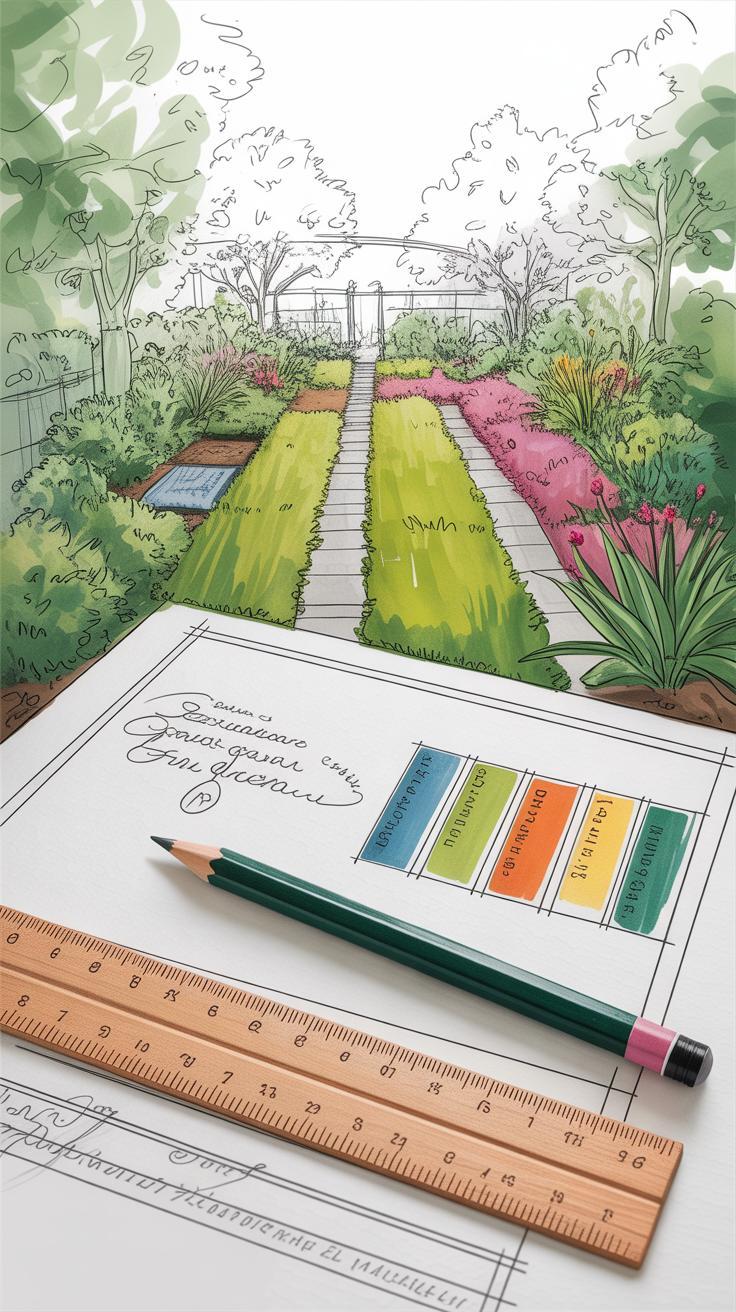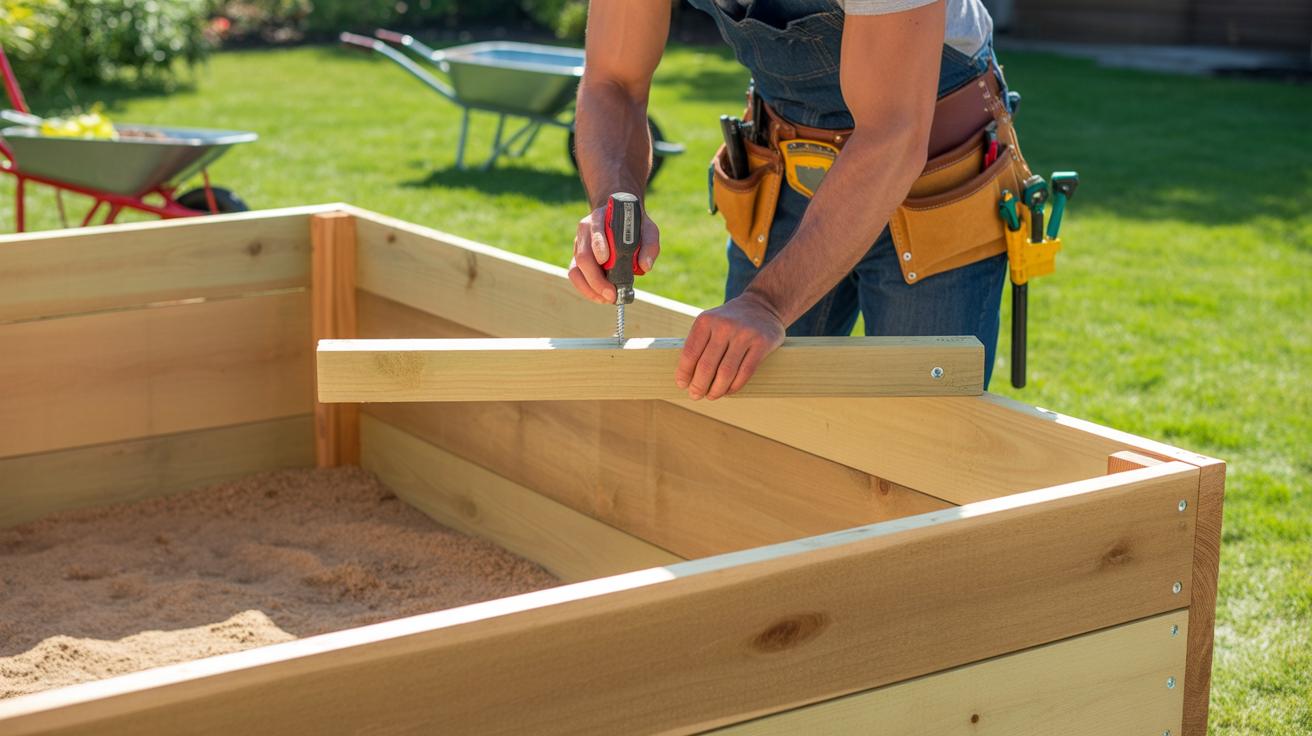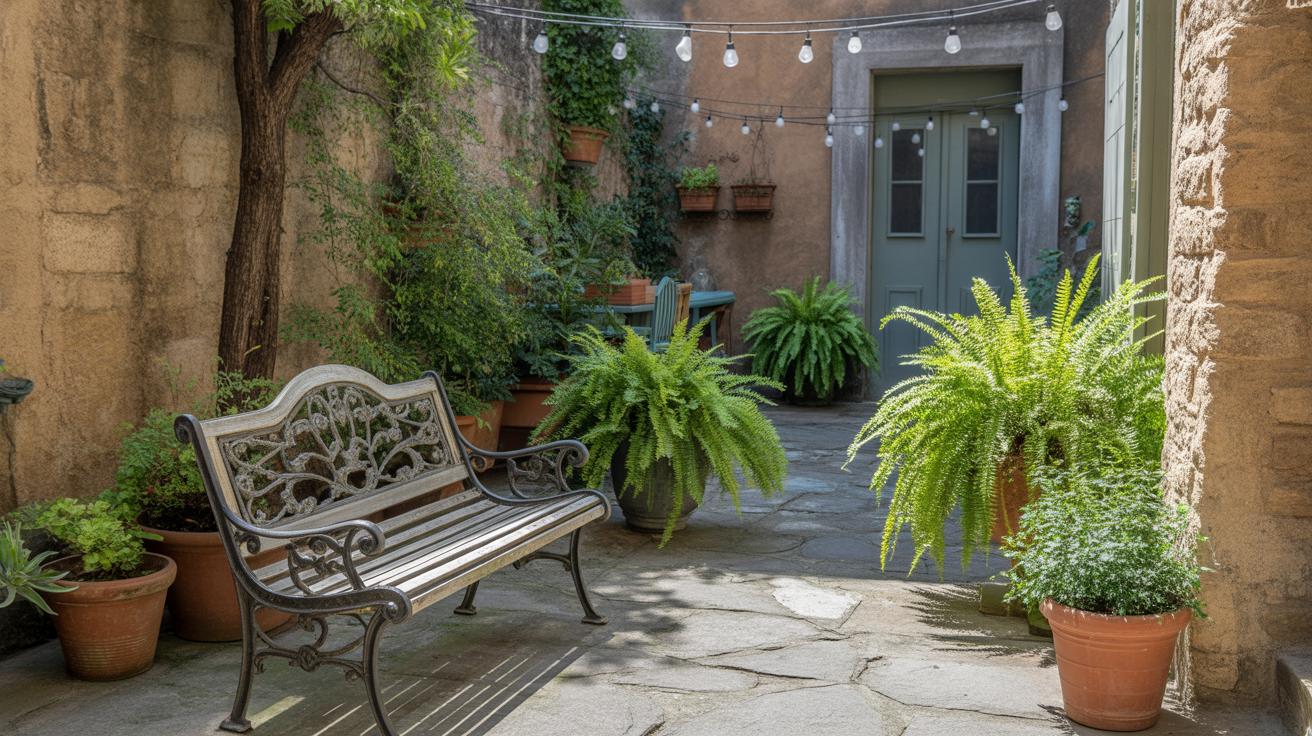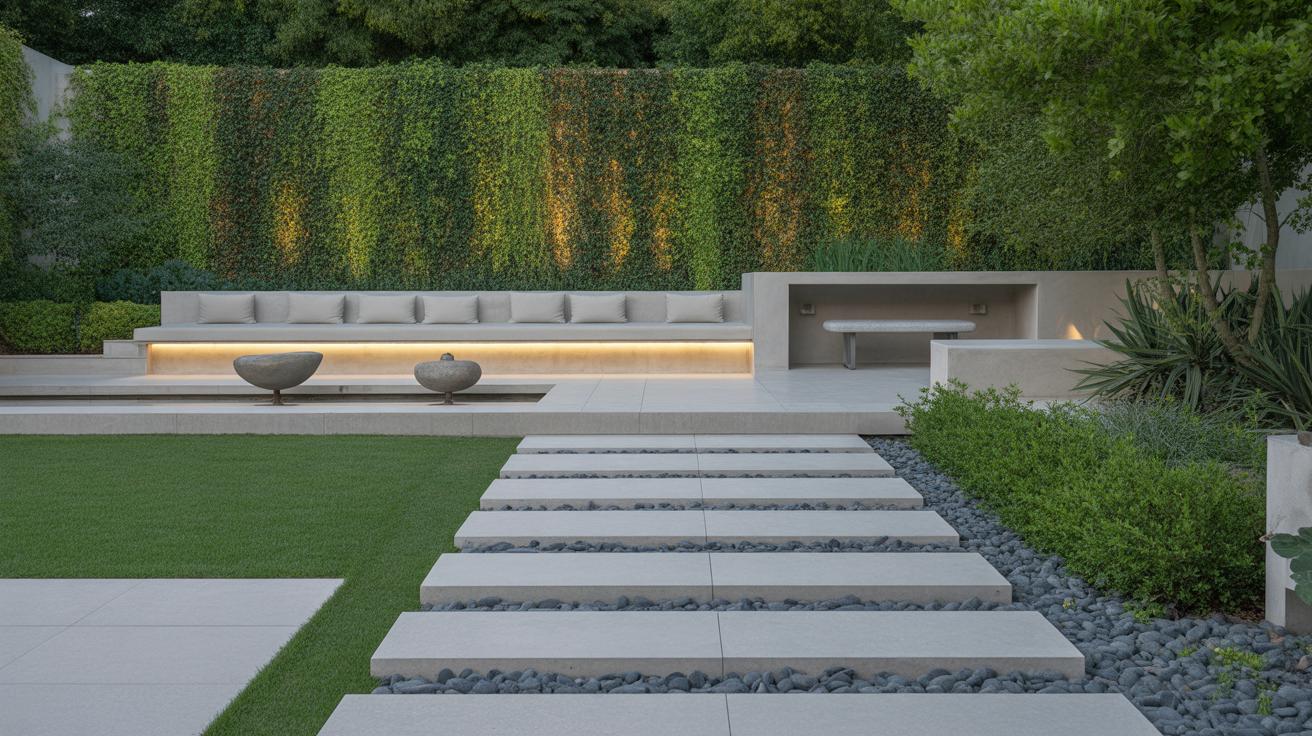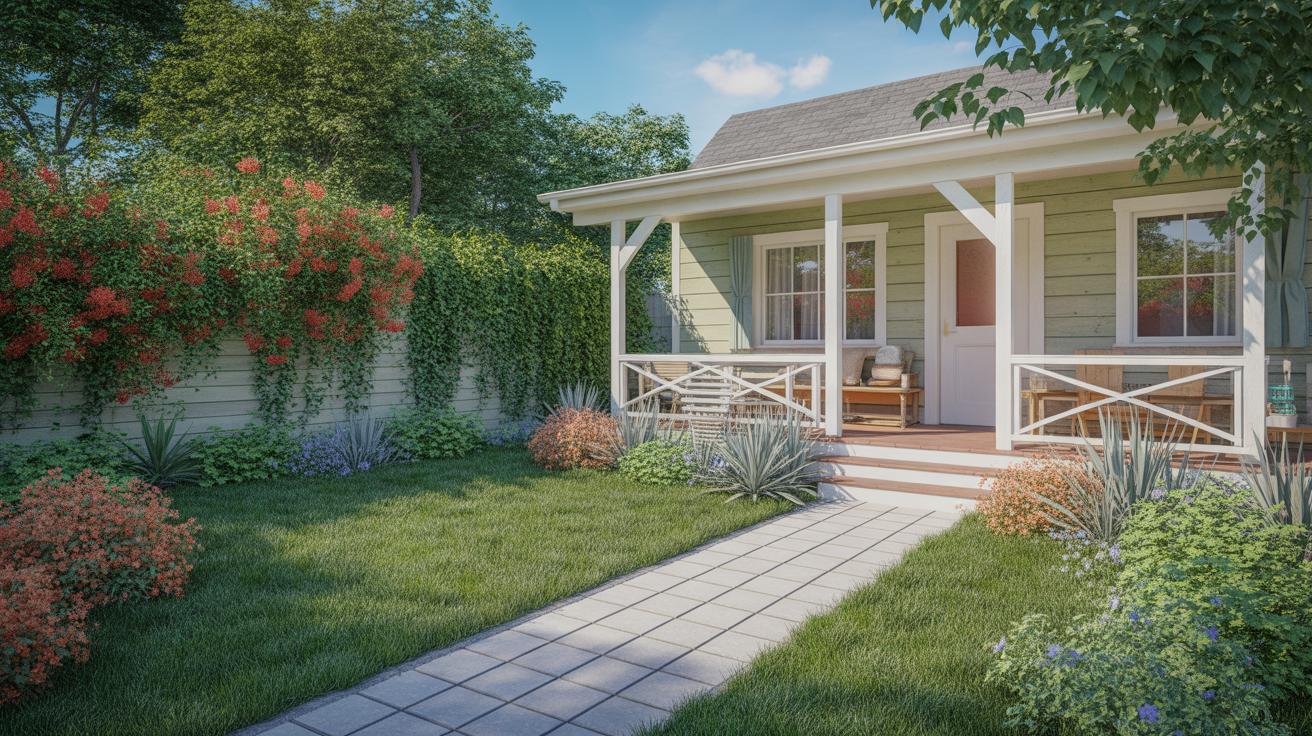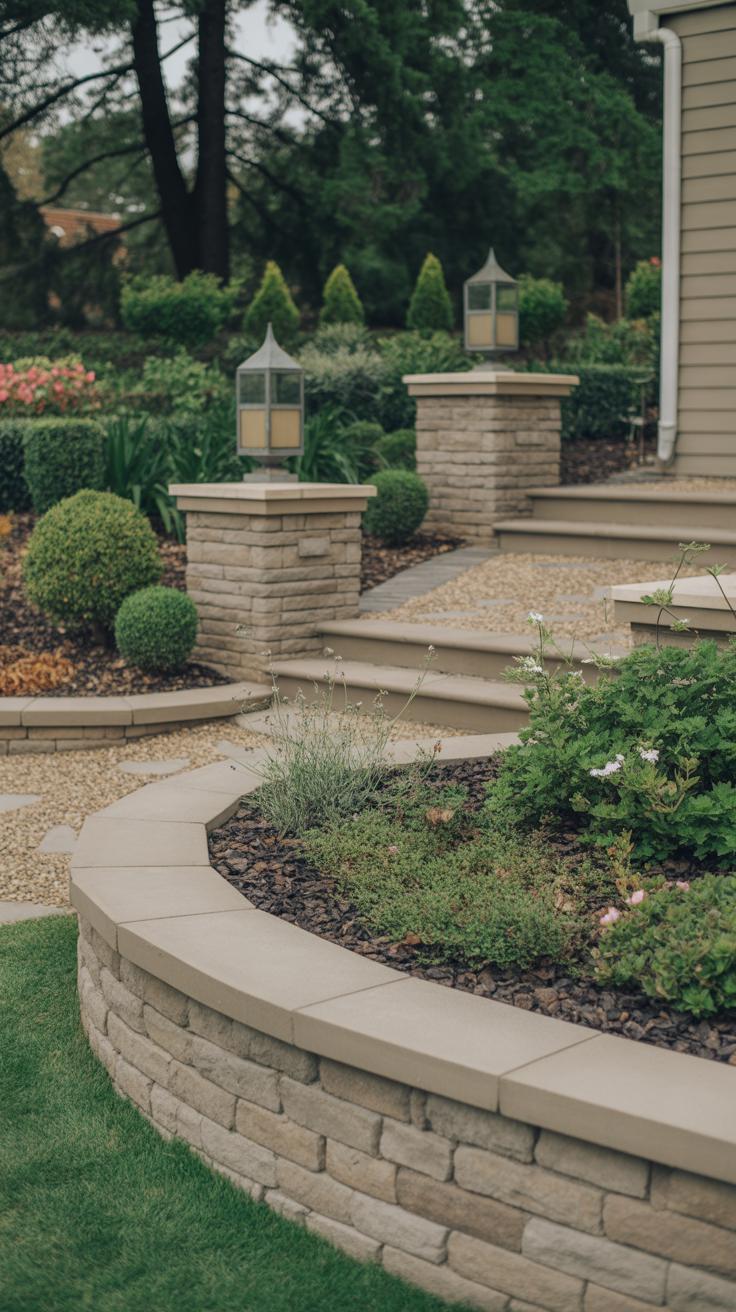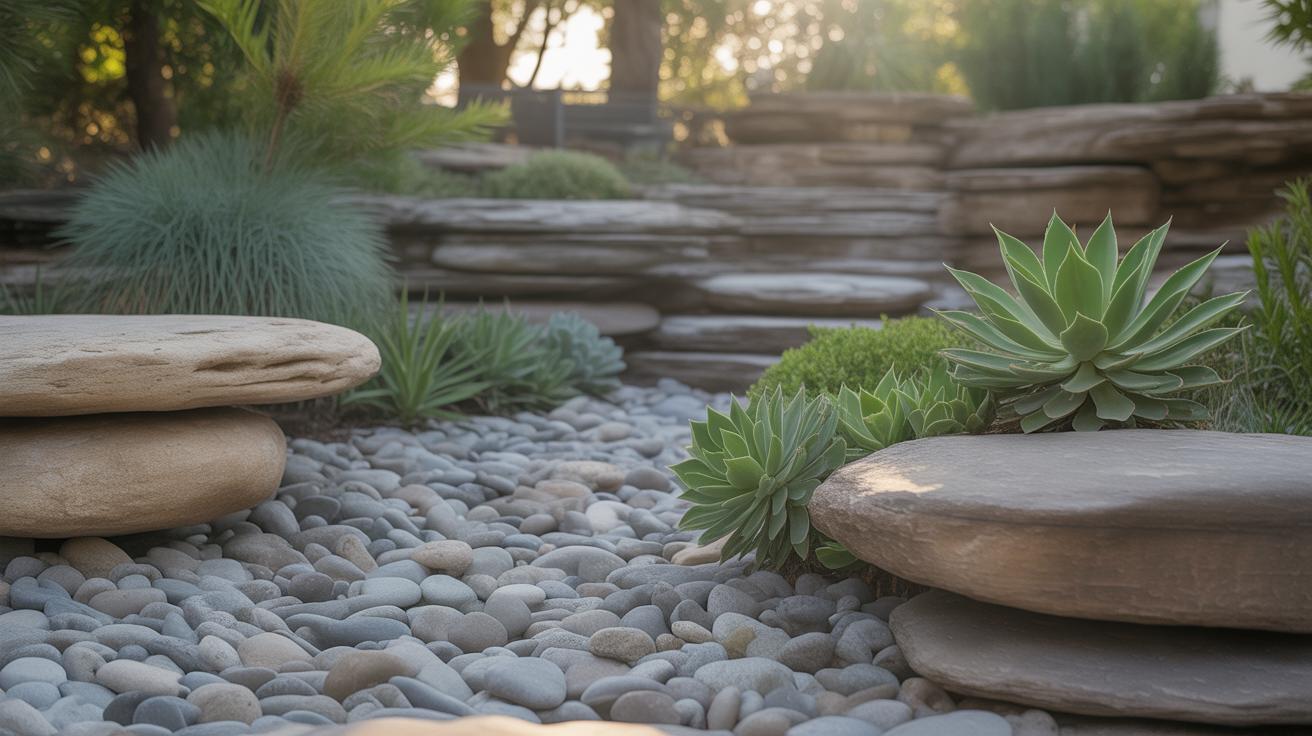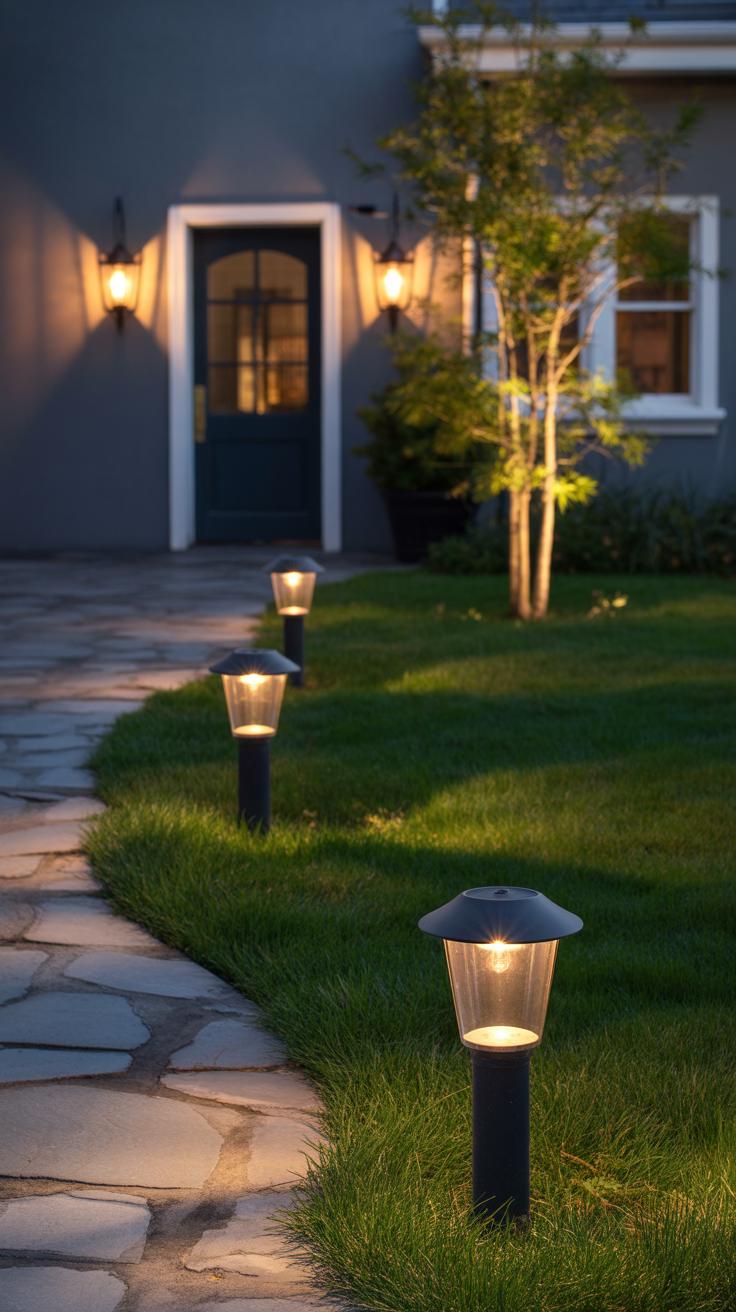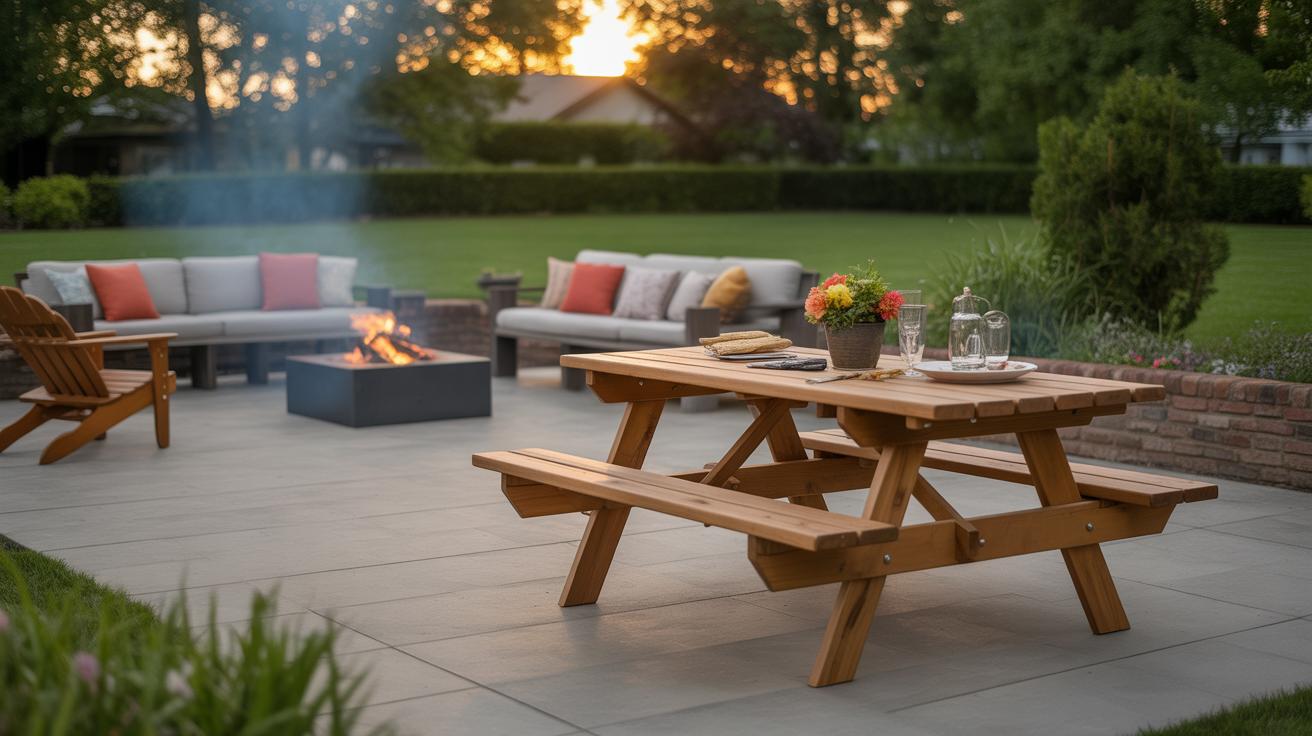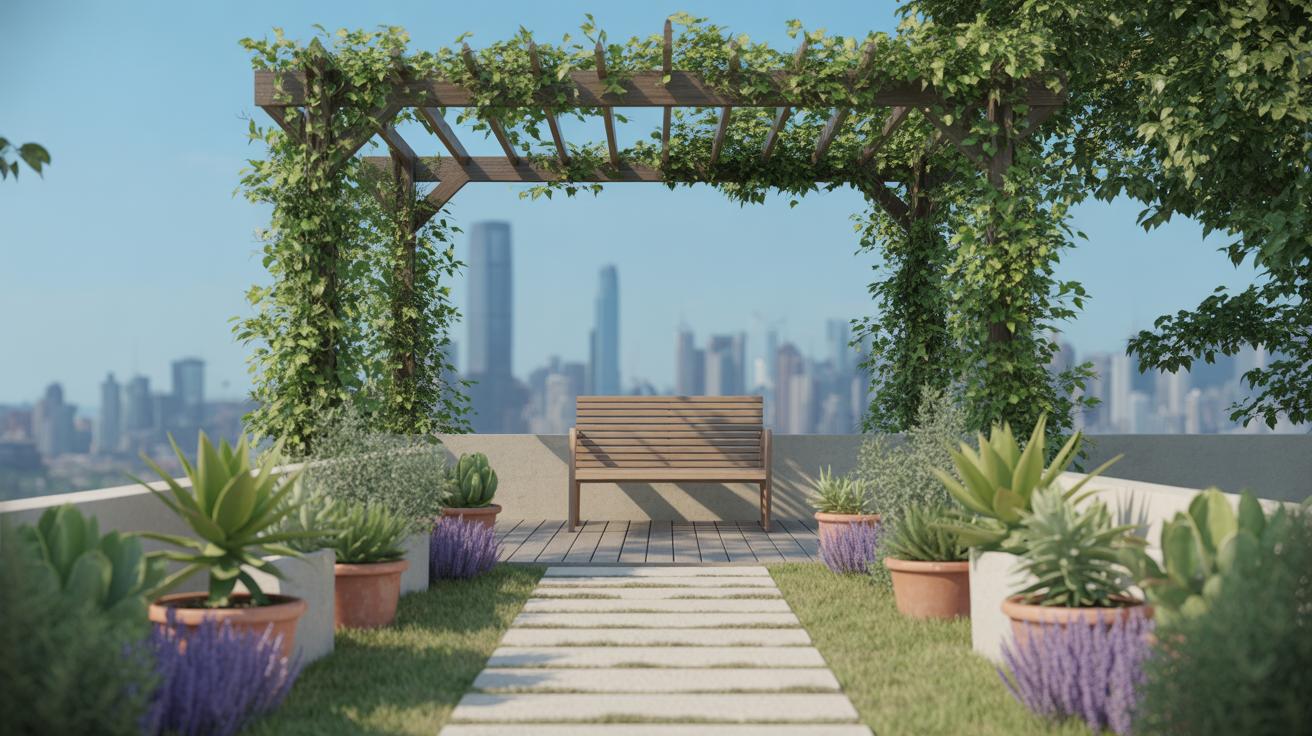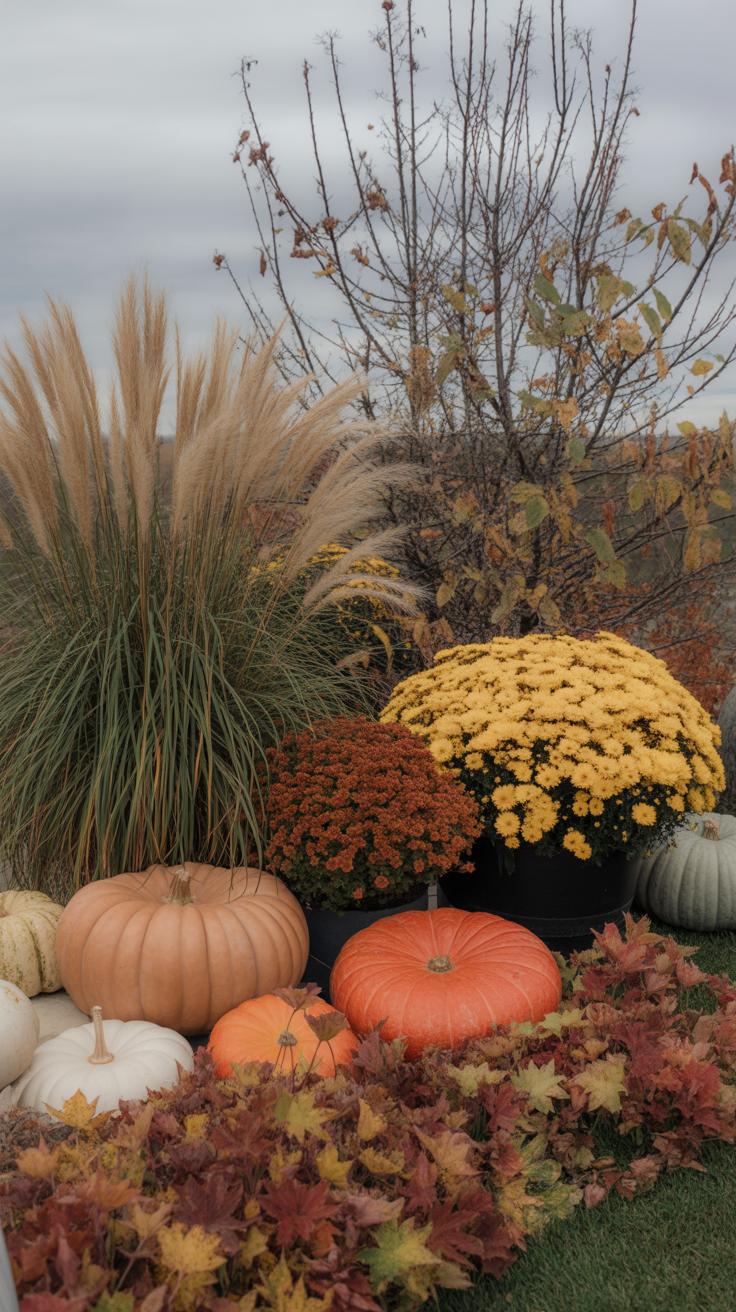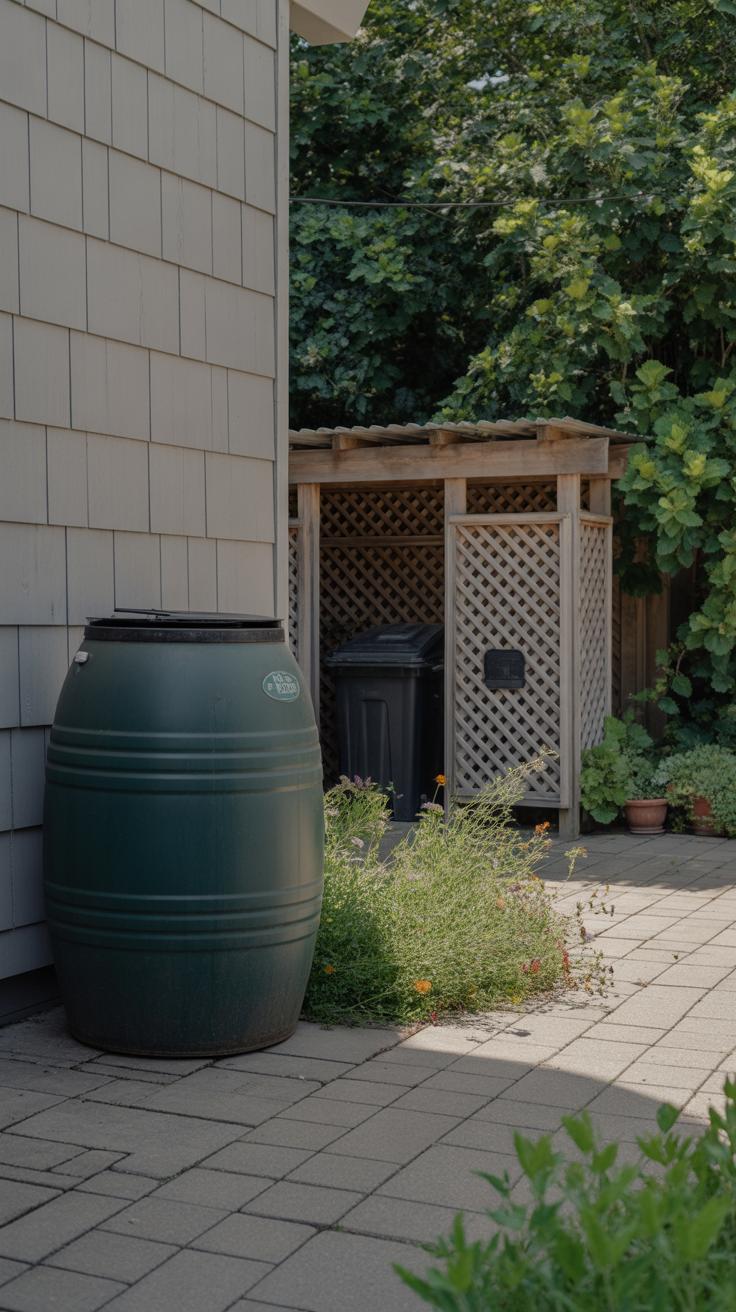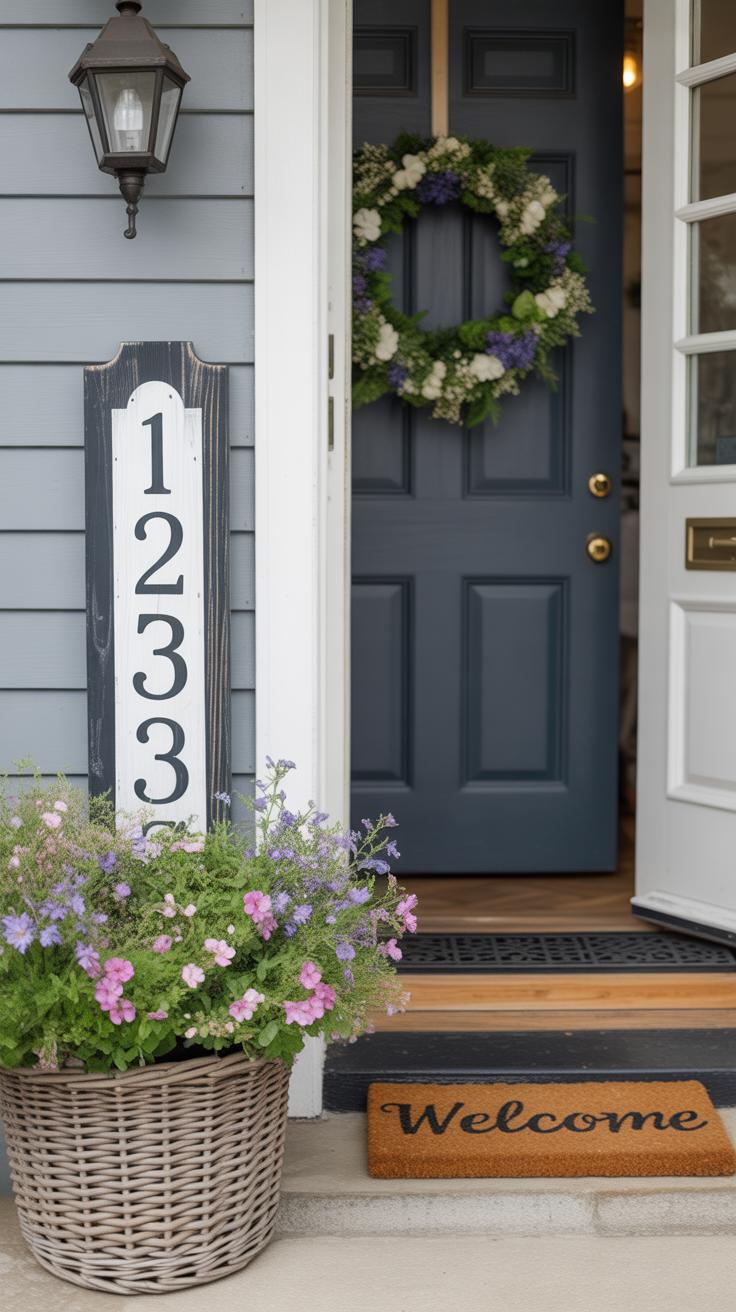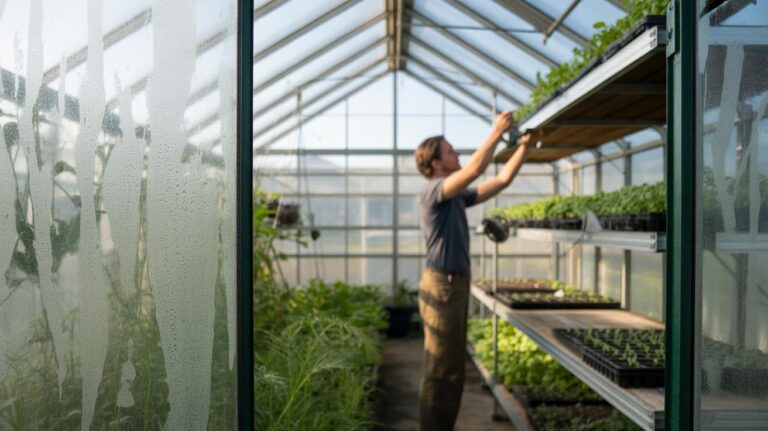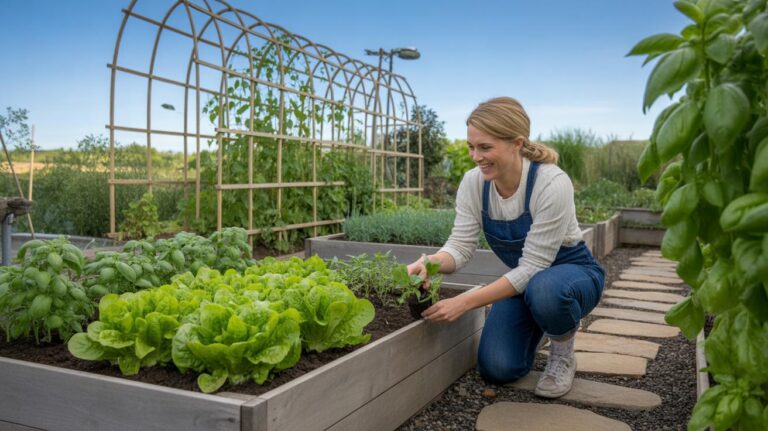Introduction
Your home’s front yard is the first thing guests and passersby notice. It shows the style and care you put into your living space. Maximizing curb appeal with thoughtful front yard garden design creates a warm welcome and adds value to your property.
Designing your front yard garden involves more than choosing plants. It includes planning spaces, paths, and features that work together. This article explores easy and effective ideas you can use. Step by step, you will learn how to build and maintain a garden that boosts your home’s charm from the street view.
Front Yard Garden Design
Designing a front yard garden is more than just picking plants and putting them in the ground. It’s about shaping the space to complement your home and neighborhood while making the area inviting to visitors and passersby. You’ll want to think about how different elements work together – the sizes, shapes, colors, and textures all play a part.
Start by imagining how your garden will connect with the path to your door or the driveway. Sometimes, a narrow bed with colorful flowers along the walkway can make a big difference. Other times, a low hedge or a few small shrubs can create a nice structure without feeling overwhelming.
Don’t forget that scale matters. A sprawling, busy design might look out of place next to a modest house, while a neat, simple arrangement could seem dull in front of a larger home. Balance is key, but it doesn’t mean perfect symmetry. Sometimes, an asymmetrical planting feels more natural and welcoming.
Also, pay attention to seasonal changes. A garden that looks good only in spring might leave your yard feeling empty or neglected during other months. Including a mix of evergreens, perennials, and bulbs can help keep something interesting all year.
What catches your eye in a front yard? Is it the sharp lines of a trimmed hedge or the riot of colors from a well-tended flowerbed? Both can work, depending on your preference and the style of your home. Remember, your front yard garden sets the stage, so it should feel like an introduction to your home — inviting but not overdone.
Planning Your Front Yard Garden Layout
Measuring and Mapping Your Space
Start with a simple sketch—draw the outline of your front yard, including dimensions. Take a tape measure and note distances between key points: the house, the sidewalk, trees, and existing structures. This isn’t about perfection; more like rough mapping so you can visualize where plants, paths, and other features might go. I often find it helpful to walk the space at different times, just to feel the flow and see where people naturally walk or pause.
Consider how much room you actually have versus how much you want to fill. Tight spots might call for a minimalist approach, but larger yards can handle varied textures and layers. Don’t rush here. You might tweak the layout several times—that’s normal.
Assessing Sunlight and Soil Conditions
Spend a day—or better, a few days—watching how sunlight moves across your yard. Use a simple notebook to jot down which areas get full sun, part shade, or deep shade. If you don’t want to track it manually, smartphone apps can record sun exposure patterns. The goal is understanding where your plants will thrive based on light needs.
Soil is often overlooked but hugely important. Try a basic soil test kit from a garden store to check pH and texture. Is it sandy, clayey, loamy? That impacts water retention and nutrient availability. You might discover spots where soil amendments or raised beds make a big difference. Knowing what you have will save you from planting failures later.
Choosing the Right Garden Style for Your Home
Your garden should feel like a natural extension of your home. For example, a classic brick colonial might suit a formal garden with symmetrical beds and neatly clipped hedges. If you lean toward a cozy, welcoming feel, a cottage garden with mixed perennials and winding paths might work well—though it can get a little wild.
Modern or minimalist homes pair nicely with clean lines, simple plant choices, and maybe a focus on hardscape elements like gravel or concrete. Think about your neighborhood, too. You don’t want your front yard screaming ‘different’ in a way that feels out of place.
In the end, picking a style is partly personal taste, partly practicality. You might be drawn to something but realize your space or routine calls for a simpler approach. That’s okay. There’s no perfect style, just the one that feels right to you and your home.
Selecting Plants That Thrive in Front Yards
Choosing plants for your front yard can feel a bit daunting, especially when you want something that looks good year-round without demanding too much care. Think about your local climate first. Some plants just won’t do well in extreme cold or intense heat, so matching them to your environment helps avoid frustration later.
Growth habits matter a lot too. For example, fast-growing shrubs can become unruly if left unchecked, but some slow growers keep tidy shapes, making your garden look polished with less fuss. It’s also smart to pick plants that offer different seasonal displays—maybe spring blooms, summer foliage, fall color, or interesting bark in winter. This way, the garden won’t feel empty or dull at any time.
Here’s a quick checklist you might keep in mind:
- Climate adaptation: native plants often outperform exotic ones.
- Growth size: will the plant outgrow the space or stay manageable?
- Maintenance needs: pruning, watering, pest control.
- Seasonal interest: flowers, leaves, berries, textures.
Sometimes, mixing evergreens with flowering perennials can cover a lot of bases without overcomplicating things. If you’re unsure, testing a few plants in small areas before committing can save headaches.
Low Maintenance Plants for Busy Homeowners
If you’re pressed for time or just not into gardening, there are plenty of options that need little babysitting but still look good. Evergreens like boxwood, juniper, or holly offer structure all year and resist most pests. They create a solid, consistent backdrop.
Drought-tolerant plants are also a great pick. Species like lavender, sedum, or ornamental grasses can survive dry spells with minimal watering and keep their shape without frequent trimming. They don’t require much feeding either.
Some other easy-care plants you might consider include:
- Daylilies – tough and colorful.
- Hostas – shade-tolerant and lush, though they might need slug protection.
- Russian sage – aromatic, drought-resistant, and flowering late.
- Yuccas – bold leaves with minimal fuss.
Even if you like a neat look, those kinds of plants usually forgive small mistakes you make, which feels pretty forgiving when life gets busy. And honestly? They often look better as they mature than when they’re too stage-perfect.
Adding Color and Texture With Flowers and Shrubs
Introducing flowers and shrubs can stir life into the front yard, but it’s not just about dumping a bunch of colors in one spot. Mixing plants with different heights, leaf shapes, and colors shapes a space that feels fresh and layered rather than flat.
For instance, place taller shrubs towards the back or sides, so they frame the garden without blocking views. Medium-height flowering plants can fill the middle ground, while shorter species and ground covers live near paths or edges. This strategy keeps things interesting from every angle.
Try combining cool-colored flowers with warm shades to break monotony. Remember, pairing a bright yellow flower with a deep purple shrub can make both pop. Textures matter too; glossy leaves against fuzzy or spiky ones add subtle depth.
Don’t hesitate to repeat plant choices in small clusters instead of spotty single plants. It creates rhythm and helps the eye move comfortably across the garden.
Incorporating Hardscape Elements
Hardscape elements bring a sense of order to front yard gardens. Paths, edging, and walls aren’t just practical—they shape how visitors move and see your space. Sometimes, a simple border can make a garden feel more intentional, guiding feet while keeping plants tidy. Other times, a low stone wall can add a cozy, grounded feel, almost like a gentle barrier that invites closer inspection.
When you design walkways, think about how materials speak to your garden’s style. Stone might fit an earthy, natural look, while brick can add a classic neatness. Concrete offers a clean slate but can be softened with curves or patterns. The challenge is to create a path that clearly marks a route, yet is appealing enough that people want to take it. A winding path might urge exploration, or a straight line could suggest purpose.
Fences and borders help define space without boxing things in. They can offer privacy in a limited way or simply separate a flower bed from a lawn. The trick is to choose elements that blend rather than overpower. A low wooden fence might feel inviting; a wrought-iron design can provide charm and a hint of security. You might wonder how much enclosure is too much, but it often depends on the feel you want—open and welcoming or a bit more secluded.
Lighting Solutions for Front Yard Gardens
Outdoor lighting can change the way your front yard feels after dark. It’s not just about seeing where you’re walking, though that’s part of it. Proper lighting highlights your garden’s best features—think a stately tree, a textured stone path, or a cluster of flowers you want to show off. It also makes the space usable longer, especially on cooler evenings when you might want to sit outside.
You might be wondering how much light is enough, or if too much will spoil the effect. That balance is tricky. The goal is to avoid harsh glare but still keep the area welcoming and safe. Lighting near steps or uneven ground is crucial—just a soft glow can prevent trips and falls.
One thing I’ve learned is that layering different light sources creates depth. For example, low-level path lights combined with spotlights on focal points give a natural feel. And don’t forget about motion sensors if you want to keep things practical while still showing off your plants.
Choosing the Right Lighting Fixtures
There are several lighting types to consider. Solar lights are popular because they don’t require wiring and are easy to move around. They work well along paths or borders but might not be bright enough to illuminate bigger features.
Spotlights, often wired or rechargeable, shine focused beams on individual plants or statues. Positioning them can take some trial and error—you want shadows that add interest, not ones that hide your favorite spots.
String lights add a softer, more casual vibe. Draped over shrubs or along a porch, they create an inviting atmosphere. Just keep in mind they’re more decorative than functional and usually don’t improve safety much.
- Solar lights: great for low-maintenance path lighting
- Spotlights: highlight specific garden features
- String lights: add ambiance and a cozy feeling
Balancing Security and Aesthetics
Lighting deters unwanted visitors, but you don’t want floodlights glaring into neighbors’ windows or making your garden look like a parking lot. Instead, try softer, directional lights focused on entrances and darker corners.
Motion-activated lights offer a sensible option. They stay off most of the time but activate when needed, which can startle intruders without overwhelming your home’s appearance. Still, a too-sensitive sensor can annoy you and your neighbors if it triggers too often.
When choosing where to place fixtures, imagine walking up to your door at night. Which spots would you naturally slow down, or feel uneasy? Target them gently with lighting to create a sense of security without shouting “I’m watching you.” It’s subtle but works.
Water Features and Garden Decor
Small water features like fountains or birdbaths can add a subtle but noticeable charm to your front yard. The gentle sound of running water breaks the quiet in a nice way, and it can actually draw birds closer, turning your garden into a little bird haven. I’ve seen how just a simple birdbath invites more activity and life to a space—it’s quite rewarding.
Installing one doesn’t need to be complicated either. A solar-powered fountain, for example, needs no wiring and can sit almost anywhere. Just make sure it’s visible from your porch or window so you can enjoy the movement and sound without needing to go out every time. Also, don’t place it too close to planting beds where splashwater might complicate care.
When it comes to garden ornaments, choosing pieces that match the overall style really matters. If your front yard is minimalist, a large ornate statue might feel out of place or even overwhelming. Smaller, well-chosen items that complement the garden’s size work better. Ideally, they should add a sense of personality without cutting into the space you want to keep open and inviting.
Think about scale and balance. You don’t want clutter, but a carefully placed object can become a focal point or conversation starter. Maybe a simple stone sculpture or a vintage lantern suits your vibe—and if it doubles as a functional piece, like a planter or seat, that’s even better. What kind of mood do you want your garden to give off? The right decor can make all the difference, but too much can quickly feel like too little thought.
Creating Seasonal Interest in Your Garden
Thinking about a garden that looks good every season feels tricky, right? But it really comes down to mixing the right plants—ones that bloom or change colors at different times. For spring and summer, you want flowers that brighten things up reliably. Think tulips, daffodils, peonies for spring, then move into daylilies, coneflowers, and black-eyed Susans for summer. If you space them well, you can get a nice, ongoing sequence of color without big gaps. Some people swear by planting in groups or clusters rather than single rows—it just feels fuller and more natural.
Evergreens play a quiet but strong role in this, too. They keep your garden from looking empty when flowers have faded or leaves have dropped. Varieties like boxwood, holly, or juniper provide structure and texture in fall and winter. You can add shrubs with interesting foliage, too; think of dogwoods or burning bush—their changing leaf colors add a subtle shift in the background, so it’s not just green all the time.
Do you find yourself wondering if this mix really works year-round? Sometimes planning feels like a guess, but watching a garden slowly unfold through the months—and seeing it still hold together by winter—makes the effort worthwhile. Curating plants for every season isn’t just about looks. It’s often about patience and a bit of trial. You might try a combination, then adjust the next year based on what surprised you. That’s okay.
Maintenance Tips to Keep Your Garden Neat
Daily attention to your front yard garden doesn’t have to be a chore. Simple small tasks like checking moisture levels in the soil or sweeping fallen leaves keep the space inviting. Paths can get cluttered quickly, especially if you have a lot of foot traffic, so clear debris regularly to avoid that neglected look.
Once a week, take a closer look at your plants for any signs of disease or damage. Remove dead or dying foliage—that helps plants focus energy on new growth and keeps the garden tidy. Seasonal chores are a bit more involved: mulching before summer, dividing crowded perennials, or prepping beds before winter come to mind.
Watering and Pruning Best Practices
No one-size-fits-all rule here. For example, succulents only need watering every couple of weeks, while annuals might thirst daily during hot spells. Early morning is generally best to minimize evaporation, but if you’re prone to forgetting, a drip irrigation system could help.
Pruning feels tricky for many, myself included, but it’s mostly about timing. Late winter usually works for deciduous shrubs, letting wounds heal before active growth. For shaping evergreens, a light trim after new growth shines through can keep things neat. Avoid heavy cuts in the heat; plants might stress more than respond.
Dealing With Weeds and Pests
Weeds are those uninvited guests that seem to spring up overnight. Hand-pulling works if your garden is small enough, especially after rain when soil is soft. For bigger areas, using a natural mulch like wood chips encourages growth in beds while suppressing weeds.
Pest management need not involve harsh chemicals. Companion planting—such as pairing marigolds to repel aphids—is simple and often overlooked. Introducing beneficial insects like ladybugs or using neem oil sprays can keep bugs in check without disturbing the ecosystem. Sometimes, just a careful eye and early action go a long way in preventing infestations.
Sustainable Gardening Ideas for Front Yards
Choosing Native Plants
Native plants often get overlooked, but they play a key role in making gardens easier to maintain and better for the environment. Since they’ve evolved alongside local weather and soil conditions, they usually need less water. That alone can cut down on your garden’s thirst quite a bit. I’ve noticed that native species also tend to resist pests without much fuss—you don’t have to battle bugs or constantly spray chemicals. On top of that, they offer habitats and food for local insects and birds, which somehow makes the whole front yard feel more alive.
Picking native plants means you don’t have to worry as much about keeping them alive in dry spells or cold snaps. Of course, availability might be a bit of a hurdle depending on your area, but a quick call to a nearby nursery could surprise you. Have you ever paused to think about the balance between what you’re planting and the ecosystem right outside your door?
Collecting Rainwater and Composting
Using rain barrels for water collection is simpler than it seems, and even small setups can make a difference. I started with one barrel under my gutter and ended up surprised at how much water I could reuse during dry days. It’s not just about saving money on the water bill; it also reduces the strain on local water sources. Plus, the water from rain barrels is usually softer and better for plants.
Compost bins follow the same logic—turning kitchen scraps and garden waste into nutrient-rich soil. Setting one up doesn’t take much space or effort, and you get to recycle what would otherwise end up as trash. The soil improves naturally, and your plants benefit without any synthetic fertilizers. You might wonder if composting is worth the time, but even a small bin can lead to visible changes in your garden’s health over a few months. What if this could be your front yard’s secret weapon for growth?
Making Your Garden Personal and Inviting
Adding a seating area to your front yard instantly changes how you use the space. Think beyond just plants—imagine a cozy bench or a small bistro set where family and guests can sit and enjoy the garden. These spots don’t need to be large; sometimes, just a single chair placed near a flowering shrub can invite a moment of calm or conversation.
When choosing outdoor furniture, consider materials that hold up in your climate but also feel comfortable. Wicker, metal, or treated wood each bring a different vibe. Placement matters too—try positioning seating to face a favorite view or near a path so it feels part of the journey through your garden.
Colors and themes in your garden can say a lot about who you are. Picking a consistent palette for flowers, pots, and decor can pull everything together. Maybe you prefer cool blues and purples for a serene effect, or warm reds and yellows for energy. There’s room to play with quirky decor or classic shapes; just make sure the choices suit your style and don’t feel forced.
What parts of your personality do you want the garden to reflect? Are there plants or colors you’re drawn to no matter what? Personal touches make the front yard more than just a showplace. They invite connection—offering a setting that feels like a real extension of home, cozy and welcoming, without being overdone or stiff.
Conclusions
A well-designed front yard garden can change how others see your home. By focusing on careful plant choices, clear layouts, and consistent upkeep, you create a space that invites and pleases. Your garden will stand out without needing costly or complex efforts.
Every step, from planning to caring for your garden, influences curb appeal. Use what you learned here to start your own garden design journey. Think about what suits your home and lifestyle. Your front yard can be both beautiful and practical, making your home a place you enjoy and others admire.

